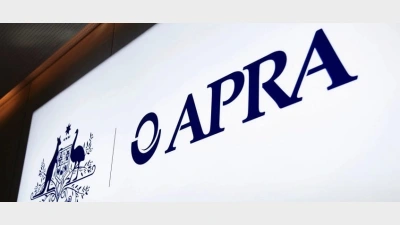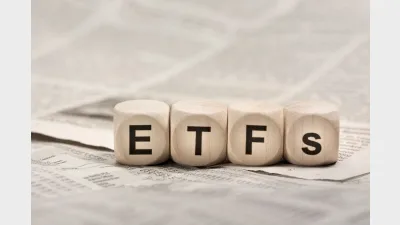Reassessing inflation-linked bonds: QIC



Traditional hedges against inflation such as inflation-linked bonds may not be as effective as investors would like to think, according to QIC director of fixed interest and inflation Kent Wilkes.
"Central banks are employing tactics that have not been used before in an attempt to stimulate global growth. The inflationary consequences of these actions are yet unknown," Wilkes said.
Inflation-linked bonds are the "one-hit wonder of the investment world", and are created to track one particular benchmark, according to Wilkes. They also fail to take into account more holistic factors and lack the benefit of active management, he added.
They also overlook risks such as rising interest rates and credit risk, said Wilkes.
"When it comes to rising interest rates normally associated with rising inflation, investors with inflation-linked bonds can find themselves exposed to negative returns," he said.
The fact that the issuer of the inflation-linked bond determines the composition of the benchmark is also a danger, Wilkes said.
"Investment outcomes are driven by issuers and their objectives rather than those of the investor. If those outcomes are aligned, that is all well and good. If they're not, then the outcome for investors is likely to be less than satisfactory," he said.
Liquidity is also a risk, since the largest debtors typically have the biggest exposures to inflation-linked bonds, he added.
To properly manage inflation, the macro-economic environment and underlying inflation exposures should be actively but separately managed, Wilkes said.
Recommended for you
APRA’s executive director has urged super funds to strengthen leadership, operational resilience and member focus as public trust in the system faces fresh challenges.
The firm has appointed Aware Super’s Damian Graham as group chief investment officer to unify its life and funds management teams.
Ethical super fund Australian Ethical has announced the appointment of Anthony Lane as chief operating officer.
The structural shift towards active ETFs will reshape the asset management industry, according to McKinsey, and financial advisers will be a key group for managers to focus their distribution.









